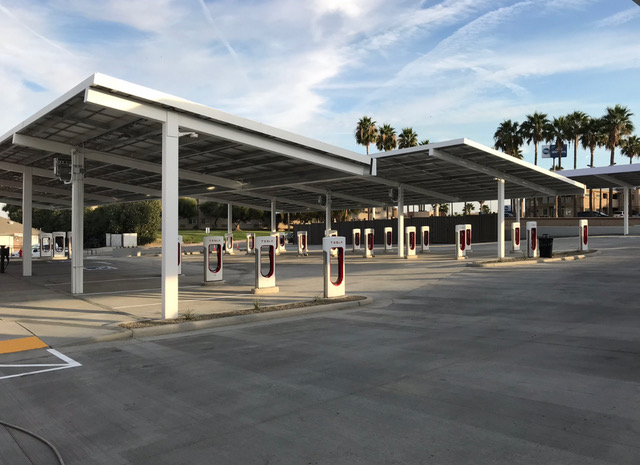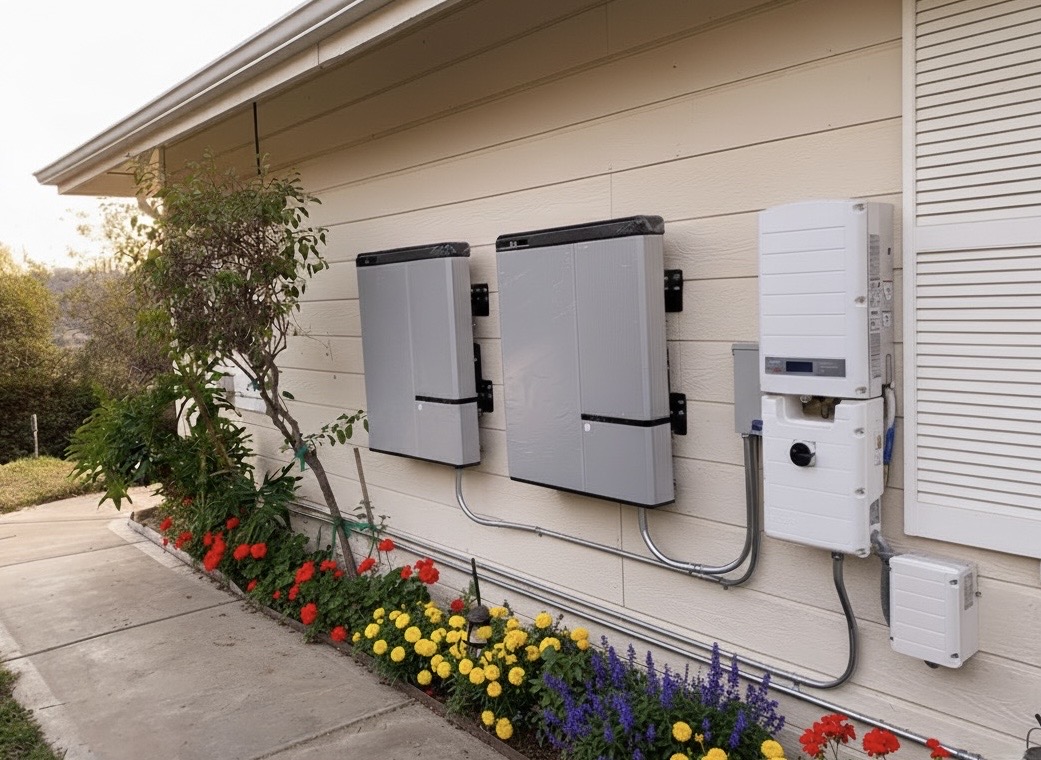Residential Ev Charger Installation in Altadena
Professional Ev Charger Installation services for Altadena homes and businesses. Expert electrical installation with fire-resistant design, modern safety features, and full code compliance.
Our Work



Benefits
Smarter, future-ready charging
We design EV charging that adapts as your needs and household evolve. Options include Wi-Fi smart chargers with dynamic load balancing, energy monitoring, and off-peak scheduling; OCPP-capable units for future utility and V2G integrations; and UL-listed load management devices (DCC, Eaton modules) when a full service upgrade isn’t immediately practical. For fire recovery rebuilds, we design systems with future expansion in mind—sized wiring for multiple EVs, integrated whole-home surge protection, clear labeling, and strategic conduit paths so adding a second charger or upgrading amperage later is seamless and cost-effective.
Permits and code expertise
Shaffer Construction handles permitting and inspections end to end. Our installations follow the 2022 California Electrical Code (NEC 2020), including Article 625 for EVSE, Article 220 for load calculations, 210.8 GFCI requirements for 240V receptacles in garages, 230.67 service surge protection, and enhanced fire safety standards for wildfire-prone foothill areas. We coordinate with LA County Building and Safety, provide as-built documentation for fire recovery rebuilds, and ensure labeling, working clearances, grounding, and fire-resistant installations meet county, utility, and insurance requirements for rebuilding in fire-affected zones.
Quality you can trust
We use premium materials sized for foothill and fire-prone conditions: copper THHN/THWN-2 conductors, EMT or Schedule 40/80 PVC for underground runs, NEMA 3R outdoor enclosures, and listed fittings rated for extreme weather and fire exposure. Breakers and panels from Siemens, Eaton, and Square D ensure compatibility and long-term availability. Terminations are torqued to manufacturer specs, circuits are tested for voltage drop and GFCI function, and all penetrations are sealed for weather and fire resistance. For rebuilding projects, we integrate fire-rated construction practices and strategically position equipment for safety and longevity. The result is a clean, safe, resilient installation built to last and withstand future wildfire threats.
Designed around you
Every project begins with a detailed assessment: driving patterns, parking location, utility meter position, panel capacity, fire recovery rebuilding plans, and any aesthetic or hillside development constraints. We present charger options (NEMA 14-50 receptacle or hardwired EVSE), mounting locations, conduit routes, and upgrade paths if you plan a second EV or are rebuilding your electrical system. Your plan includes a transparent cost estimate, timeline, and integration with fire recovery construction schedules if applicable. Once approved, we finalize drawings for permitting and schedule installation to minimize disruption and coordinate with other rebuilding contractors.
What We Offer
Frequently Asked Questions
Do I need a permit in Altadena for a Level 2 EV charger at home?+
Yes. LA County Building and Safety requires an electrical permit for EVSE installations and any panel upgrades. We handle the application, load calculations, and site plans. For fire recovery rebuilds, we coordinate EV charging permits as part of your overall rebuilding permit process. Most projects involve one inspection; panel upgrades or new service installations may require additional inspections. Typical approval plus inspection is 2–4 weeks depending on county workload and rebuild complexity.
Will my existing panel support a 40–50A charger, or do I need an upgrade?+
Many older Altadena homes—especially historic Craftsman bungalows—have 100A or 150A services that may be near capacity. We perform a formal Article 220 load calculation to determine available capacity. If insufficient, we recommend either a 200A panel upgrade or a listed load management device that intelligently sheds the EV circuit during peak household demand. For fire recovery rebuilds, we design new 200A or 400A services with dedicated EV circuits from the start, ensuring ample capacity for modern living and future needs.
Can you install a charger for properties rebuilding after the Eaton Fire?+
Absolutely. We specialize in fire recovery electrical rebuilds and work closely with homeowners, builders, and architects to integrate EV charging into new electrical system designs. Rebuilding offers the opportunity to install modern 200A–400A services, dedicated EV circuits, whole-home surge protection, backup power systems, and fire-resistant installations from the ground up. We coordinate permits with LA County, ensure compliance with enhanced fire safety codes for wildfire-prone foothill areas, and deliver future-ready charging solutions as part of your comprehensive rebuild. Shaffer Construction is deeply committed to supporting Altadena’s recovery.
What about long driveway runs to detached garages on hillside lots?+
Hillside and foothill properties often have longer runs from the main panel to detached garages or parking areas. We perform voltage drop calculations and upsize conductors as needed to maintain full charging performance. We evaluate the best installation method—attic runs, surface-mounted EMT along property lines, or underground trenching with PVC—and ensure proper grounding, GFCI protection, and fire-resistant installations. For rebuilds, we design conduit pathways that integrate seamlessly with new construction and landscaping restoration.
Ready to Get Started?
Contact us today for a free consultation and quote on your electrical project!
Contact Us